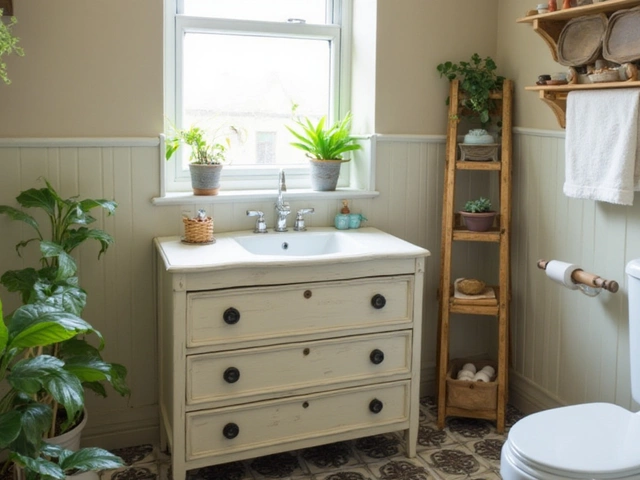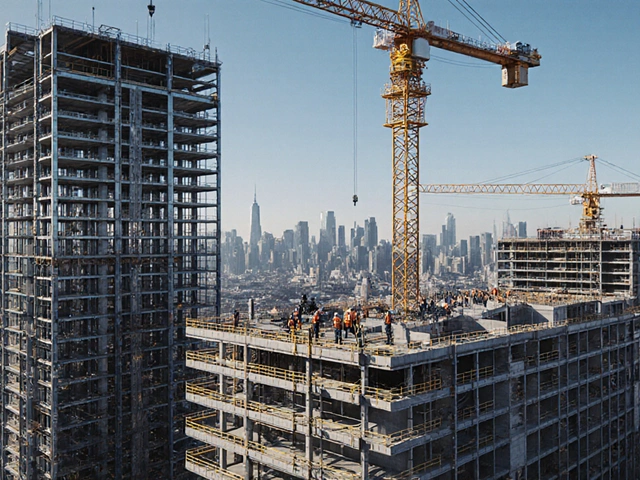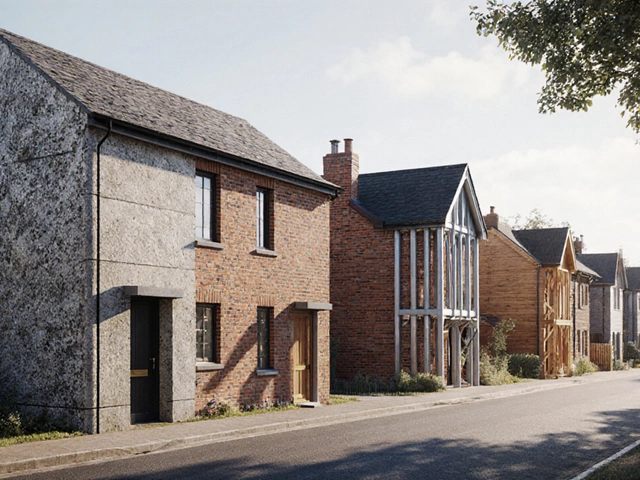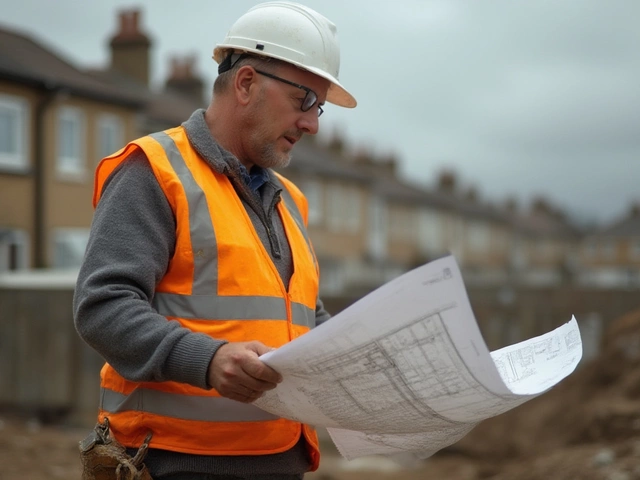Kitchen Renovation: Practical Guide for a Smooth Remodel
Thinking about a new kitchen but not sure where to start? You’re not alone. A kitchen upgrade can boost comfort, efficiency, and home value, but it also brings a lot of decisions. This guide walks you through the basics—budget, design, and timing—so you can move forward with confidence.
Budgeting and Cost Factors
First thing’s first: know your budget. Kitchen projects can range from a few thousand pounds for a simple refresh to tens of thousands for a high‑end overhaul. Break the costs into three buckets: materials (cabinets, countertops, appliances), labour (fitters, electricians, plumbers), and extras (lighting, permits, disposal).
Materials often eat up the biggest slice. Stock cabinets and laminate countertops are affordable, while custom cabinets and quartz or granite can double the price. Appliances follow a similar pattern: a reliable mid‑range fridge costs far less than a premium built‑in model. Ask suppliers for price lists and compare a few options before committing.
Labour costs depend on the scope. If you’re just swapping out countertops, a day’s work might be enough. Full demolition, re‑plumbing, and electrical rewiring can add weeks and extra tradespeople. Get at least three quotes and ask each to detail what’s included—hidden fees creep in when they’re not spelled out.
Design Choices That Save Time and Money
Smart design can keep the project on schedule and under budget. Start with a layout you love and stick to it; changing the floor plan mid‑renovation often means re‑doing plumbing or electrical work, which hurts the wallet. Use a simple “work triangle”—sink, stove, fridge—to keep the flow efficient.
Consider re‑using what works. If your cabinets are in good shape, repaint or refinish them instead of buying new. Keep the existing backsplash or choose a DIY‑friendly tile to cut labour costs. Open‑shelf concepts also reduce the need for expensive cabinetry while adding a modern look.
Lighting is another easy win. Add under‑cabinet LEDs for task lighting; they’re cheap, easy to install, and make a big difference. Swap out old fixtures with energy‑saving LEDs to lower future bills.
Don’t forget the finishing touches. Handles, drawer pulls, and faucet upgrades can transform the look without major expense. Pick finishes that match your style but stay within a reasonable price range—brushed nickel often costs less than polished chrome but looks just as sleek.
Finally, plan for the inevitable surprise. Set aside 10‑15% of your budget for unexpected issues like hidden water damage or outdated wiring. Having that cushion means you won’t have to pause the project or scramble for cash.
With a clear budget, realistic design choices, and a solid timeline, your kitchen renovation can go from stressful to satisfying. Use this guide as a checklist, stay organized, and you’ll end up with a kitchen that works for you and adds real value to your home.
Dry Fit Kitchen: What It Is, Why It Matters, and How to Do It Right (2025 Guide)
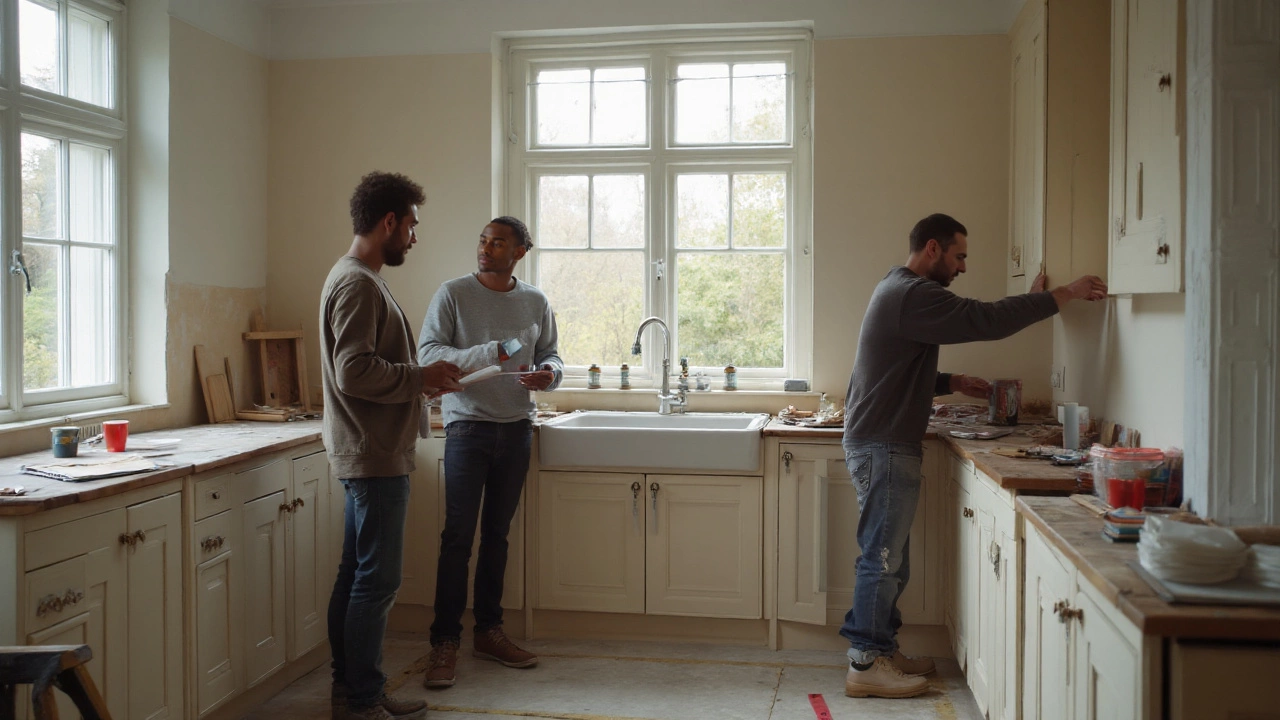
A clear, practical guide to what a dry fit kitchen is, what it includes, cost, timing, steps, and checklists-so you avoid expensive mistakes before final install.
read moreRealistic Budgets for Kitchen Remodels
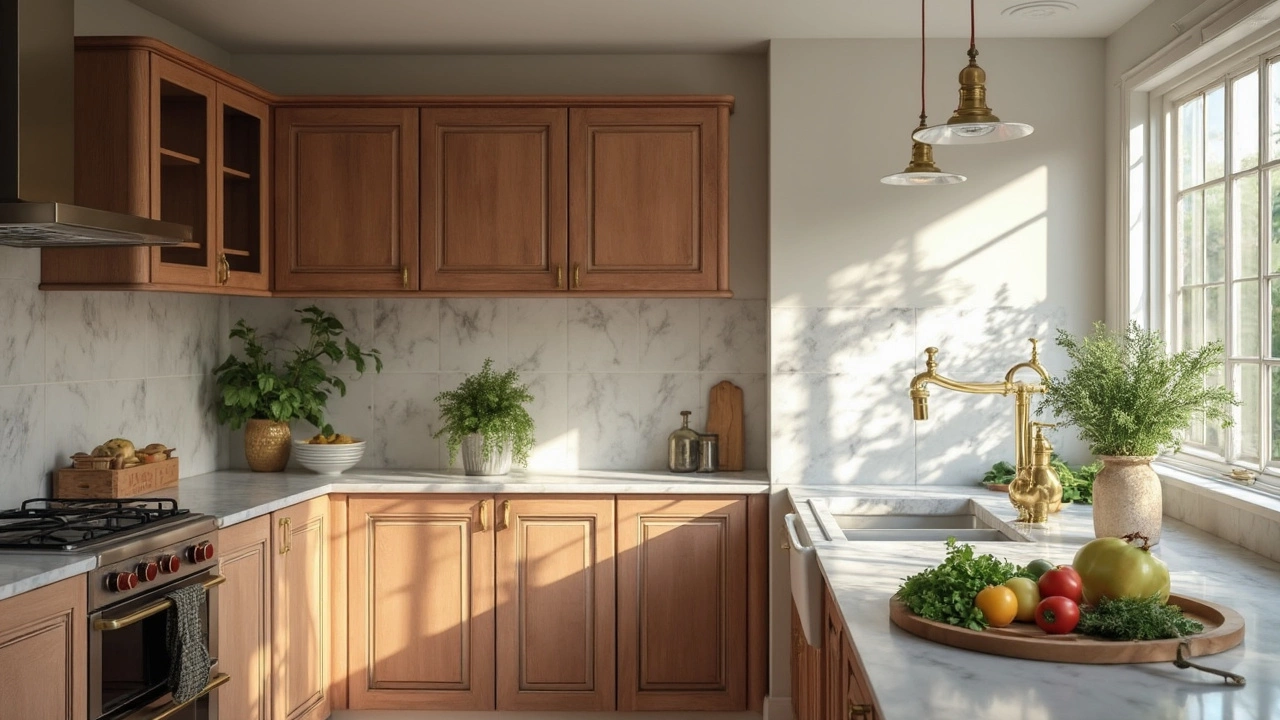
Planning a kitchen remodel involves understanding realistic budgeting to avoid unexpected costs. There are essential factors like the scope of work, the difference between DIY and professional labor, and material choices that significantly impact expenses. Setting a comprehensive budget from the start helps in making informed decisions. Besides, considering hidden costs and the importance of wiggle room can save you from potential financial headaches.
read more